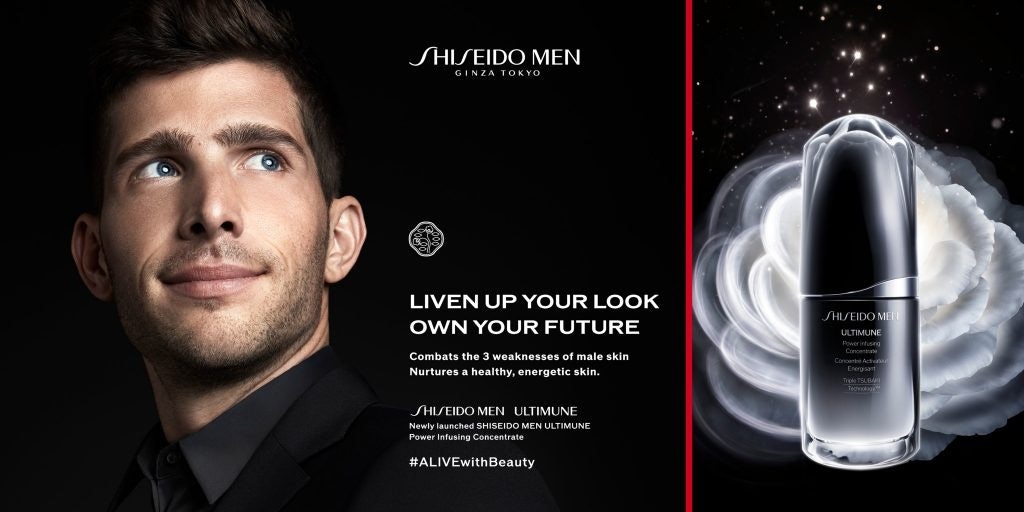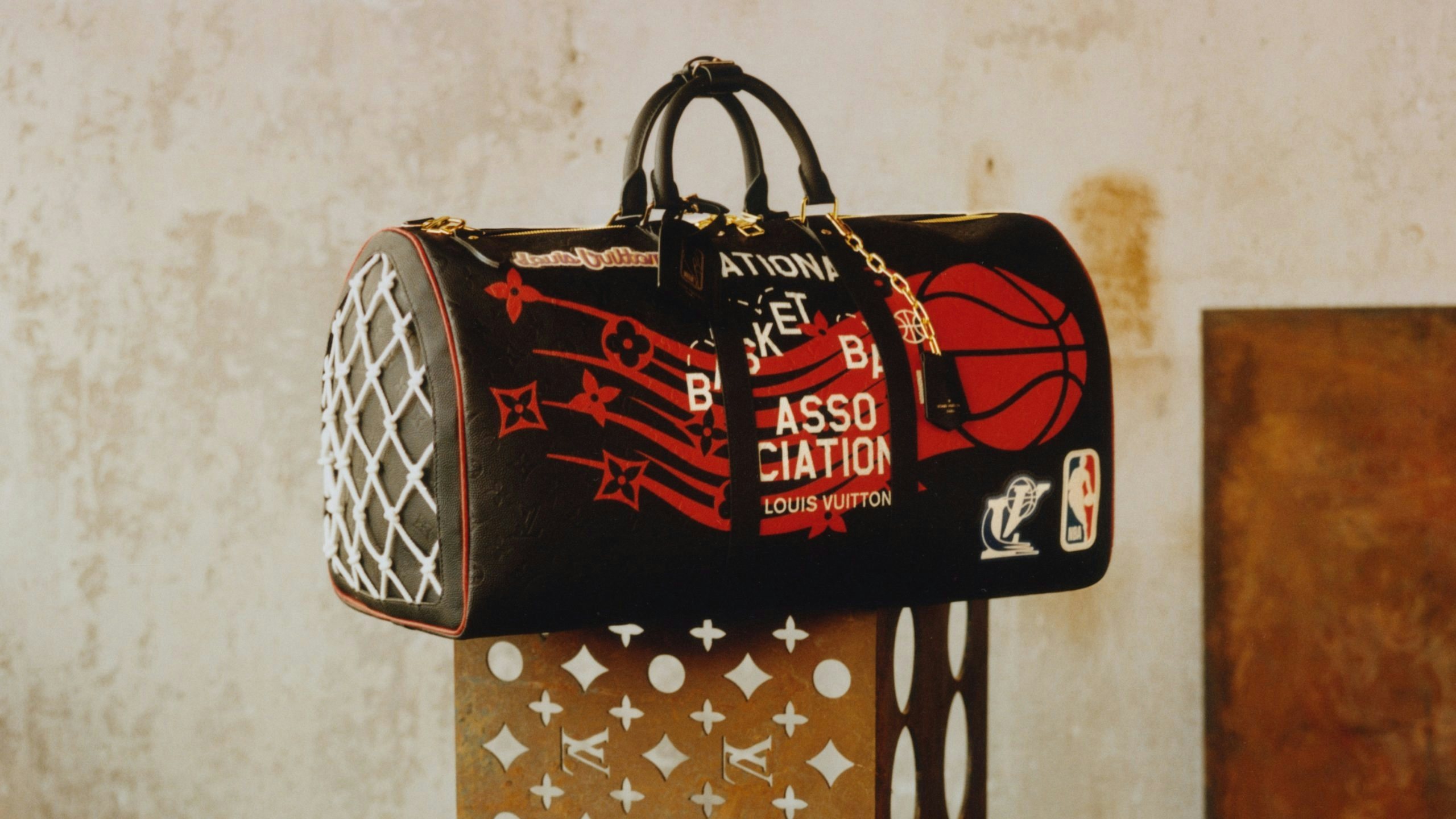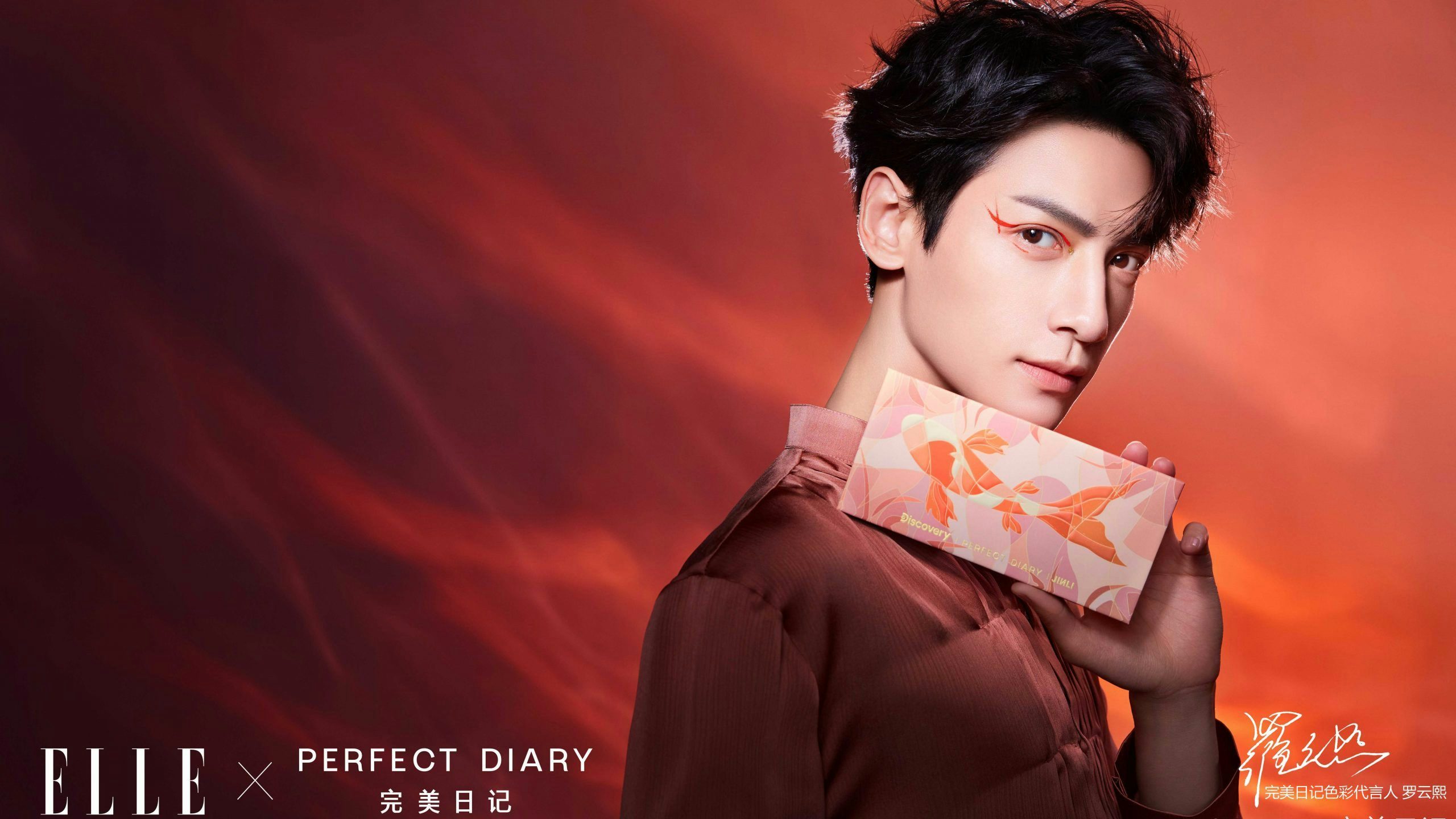Key Takeaways:#
Only one of the consumers' top-five physical male attributes was considered masculine.
Over 89 percent of male participants said they embellish their masculinity at work. This insecurity to conform to unrealistic male standards has cautiously led men to question societal norms.
Despite traditional social pressures, Chinese men are increasingly exploring alternative lifestyle influences to express their individuality. This social phenomenon has given rise to many segments and micro-segments within the male luxury market.
Luxury brands in China use a toolbox of gender depictions to sensualize masculinity. Male beauty brands tend to use images that convey soft masculinity, which is consistent with the concept of wen (文). In many ways, this has become a standard for male beauty, redefining the meaning of modern masculinity. This phenomenon is apparent in many categories, including fashion. In fact, BTS, which is probably the world’s biggest boyband and is immensely popular in China, signed a global ambassadorship with Louis Vuitton.
China has, undoubtedly, shifted away from images of heroic masculinity, such as when Bruce Lee was digitally recreated for Johnnie Walker's 2013 Keep Walking campaign, to expressions of effeminate masculinity. And yet, the evolving psychology of male identity could suggest that modern masculinity is ready to enter a new era that moves beyond the always-present aesthetics of K-pop culture.
This idea is backed up by findings from Euromonitor’s 2019 Beauty Survey, which states that only one of the consumers' top-five physical male attributes was considered masculine. Here, we have outlined three emerging trends to help luxury brands decode the future of masculinity.
Self-awareness#
The What Makes a Man 2019 Survey, conducted by Kantar for Ermenegildo Zegna, revealed that Chinese men feel pressured to conform to a masculine ideal. For instance, 89 percent of male participants said they embellish their masculinity at work. This insecurity to conform to unrealistic male standards has cautiously led men to question societal norms. Zegna’s Men in My Imagination campaign, featuring the actor Li Xian, explores gender stereotypes and underlying male anxieties through self-awareness. Li Xian implied there was a greater need for embracing the reality of masculinity at a personal level when he acknowledged that men must “face up to vulnerability.”
Self-care#
The boom of the Chinese male beauty market is an indication that appearance matters. According to an Ipsos & Sephora survey, 28 percent of male respondents spend more than 30 minutes per day on skincare. However, there is also a trend towards wellness that incorporates self-care. According to McKinsey & Co survey data, Chinese consumers spend the most on wellness products and services that promote better health. Mental health issues are still very taboo in China, but there is a growing awareness of the need to address such matters. In fact, one can find the beginnings of it via MR. PORTER Health in Mind, a dedicated English language forum that provides men with mental well-being support. The site's short film that covers living with depression, "It’s OK Not to Be OK," is a courageous look at the fragilities of modern masculinity.
Self-expression#
Despite traditional social pressures, Chinese men are increasingly exploring alternative lifestyle influences to express their individuality. Like in the West, tattoos are no longer a sign of rebellion but a statement of style and personality.
This social phenomenon has given rise to many segments and micro-segments within the male luxury market. Fragrances, for example, depict a distinct scent that matches a desired expression of masculinity. Today, there is a wide range of ways for luxury brands to communicate multifaceted codes of masculinity. The latest Louis Vuitton x NBA Capsule Collection II shows Louis Vuitton’s desire to broaden the brand’s appeal. Similarly, Shiseido Men’s recent partnership with FC Barcelona to become the football club’s official men’s skincare and makeup partner is the brand's attempt to position male beauty beyond physical appearance and marketing actions planned in China.

Different roles of masculinity intertwined with generational differences is a clear reflection that Chinese society is changing. Luxury brands need to be ready to embrace this change and challenge their previously held assumptions. Nonetheless, there have been media reports that the Chinese government will soon introduce policies to make boys more "manly," which could impact future expectations of masculinity. In any case, the certainty is that modern masculinity will continue to disrupt the way luxury brands market to men.
Glyn Atwal is an associate professor at Burgundy School of Business (France). He is co-author of Luxury Brands in China and India (Palgrave Macmillan).


